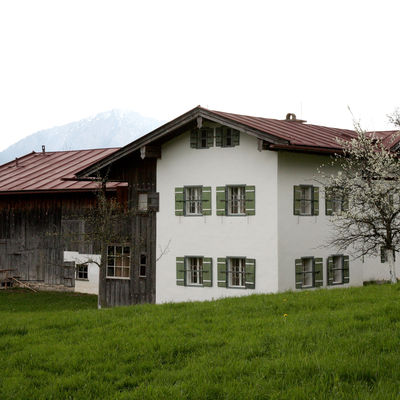53 Farm from Schönau
House name "Samerhäusl"
District: Berchtesgadener Land
Municipality: Schönau
Year of Construction: 1790
Type of Building:
farm
Constructed: 1790, reconstruction measures 1876, extension 1882
Presentation time: middle of the 20th century
The farm from Schönau was taken on by the Open Air Museum in 1988, and with it more than 1,400 original fixtures. Today, the building and furnishings vividly convey what life was like on a small farm in and around the year 1960, by which time it had already been affected by tourism for many decades.
Did you know?
Tourists usually arrived by train until the 1960s, most of them from conurbations in the Ruhr and northern Germany. Luxury and a wide range of entertainment did not await the summer visitors. The room furnishings were simple, although there had been electric light since the 1920s. The open stove had already been replaced by an economical range cooker and a “Sesselofen”, or dual-level stove used to cook and heat the room, had been installed in the parlour. Even though the “Samerhäusl” building had been connected to a central drinking water supply from 1910, the iron water outlet on the open veranda was the only way for guests to wash until around 1960. Two daughters of the household ran a kiosk with a milk bar on the property until the 1950s. As the farm did not have much livestock, however, they had to buy in additional milk.
The last modernisation work was carried out in the 1960s, with the guest rooms fitted with washbasins and cold running water and the guest lavatory on the upper floor replaced by a water closet. The owners made do with the simple pit latrine in the laundry room. They finally stopped letting rooms in 1976.


